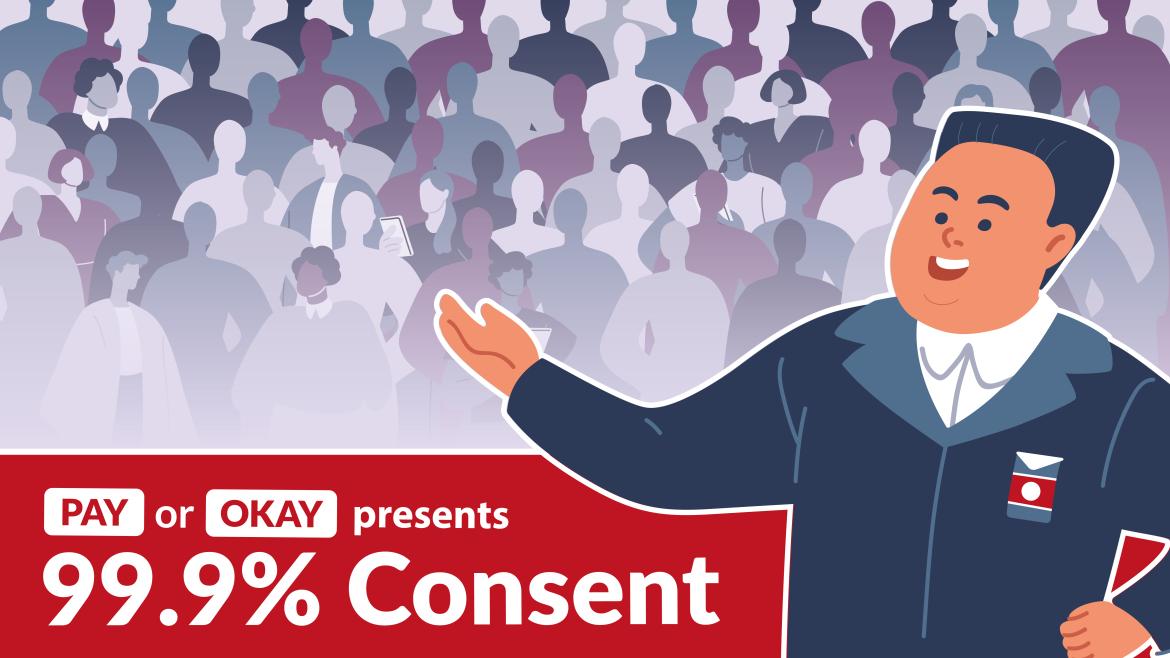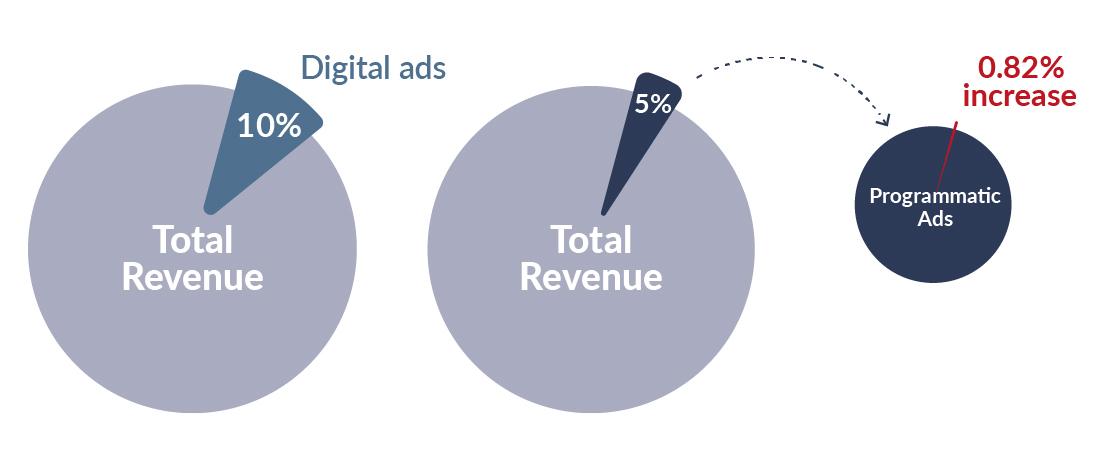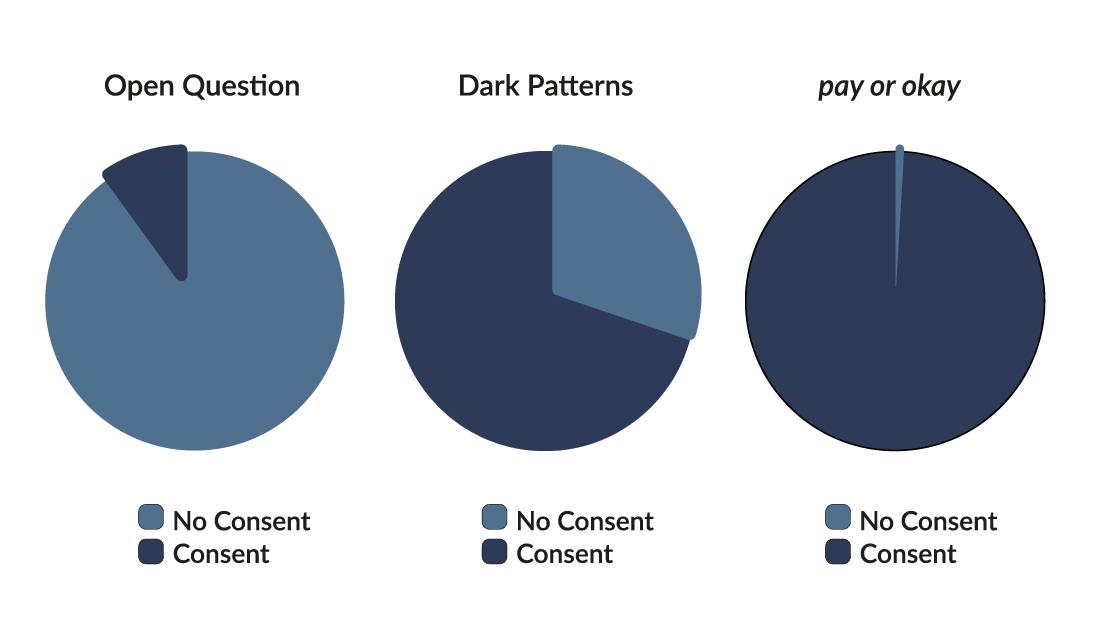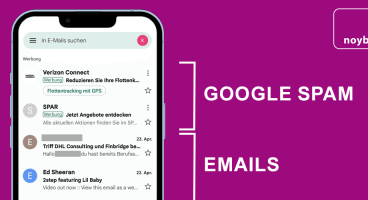So-called ‘Pay or Okay’ systems are on the rise in Europe. First introduced by newspapers in Austria and Germany, Meta adopted the approach for Instagram and Facebook in 2023. By now, many websites across Europe are using similar systems. Instead of giving users a genuine choice whether to accept or reject ad tracking, ‘Pay or Okay’ systems ask for a payment if you want to refuse “consent”. This leads to “North Korean consent rates” of 99.9%. Many news companies claim that the approach is necessary to finance quality media. In reality, digital advertising makes up at best 10% of the revenue of European press. Given the upcoming guidelines by the EDPB on this topic, this report analyses the industry’s arguments and the actual economic impact of ‘Pay or Okay’.

From Newspapers to Meta. In November 2023, Meta introduced a paid subscription for Instagram and Facebook users who don't want to be tracked. The move came in response to a Court of Justice (CJEU) ruling in July 2023, which declared Meta's handling of user data illegal. Now, instead of asking users for their consent, the company is forcing them to either pay a fee for their privacy or to agree to be tracked for targeted advertising. But the social media giant didn’t come up with the system by itself. ‘Pay or Okay’ was first introduced by news media websites looking for a way to increase their consent rates.
Felix Mikolasch, Data Protection Lawyer at noyb: “‘Pay or Okay’ has spread throughout the EU in recent years and can now be found on hundreds of websites. However, data protection authorities still haven’t adopted a consistent EU-wide approach to deal with these systems. They should have agreed on this long ago.”
False economic narrative. Proponents of ‘Pay or Okay’ largely rely on an alleged economic need to finance quality media and pretend that personalised advertising is the source of revenue that will rescue struggling news media. In reality, digital advertising only accounts for about 10% of the revenue of the press. Targeted advertising is even less: Only about 5% of newspaper and magazine revenue stems from the processing of personal data for advertising purposes.

Excessive cost. Most companies argue that ‘Pay or Okay’ is supposed to allow some form of economic fairness. However, the cost for the Pay option is mind-blowing when compared to the advertising revenue. Academic research shows that publishers earn € 0.24 per user and month from tracking – while choosing the Pay option makes a whopping € 3.24 per user and month. The same research highlights that ‘Pay or Okay’ increases ‘cookie banner related income’ by 16.4%. Given that on average only 5% of press revenue comes from programmatic advertising, ‘Pay or Okay’ would only increase the overall income of the press by 0.82% on average. While such a minor increase in revenue won’t save the news industry from its economic decline, it will surely kill the notion of freely given consent according to the GDPR in Europe.
Unrealistic consent rates. The GDPR makes it clear that user consent must be ‘freely given’ to be considered valid. This means that, if any system produces consent rates that do not match the true wishes of data subjects, it is manipulative. However, industry papers show that ‘Pay or Okay’ systems consistently deliver consent rates of 99% to 99.9% – while, according to studies, only 0.16% to 7% of people want to be tracked or have their data used for personalised advertising. This gap of more than 90% makes it painfully clear that ‘Pay or Okay’ does not allow for 'freely given' consent. In reality, the real reason to implement such a system is to increase the consent rate far beyond any realistic “genuine or free choice” of users.

Felix Mikolasch, Data Protection Lawyer at noyb: “Right now, users are effectively and unlawfully nudged towards ‘consenting’ to being tracked. The EDPB now has the opportunity to take a clear stance on this issue in its upcoming guidelines.”
If you want to find out all the details, read the full report here!



